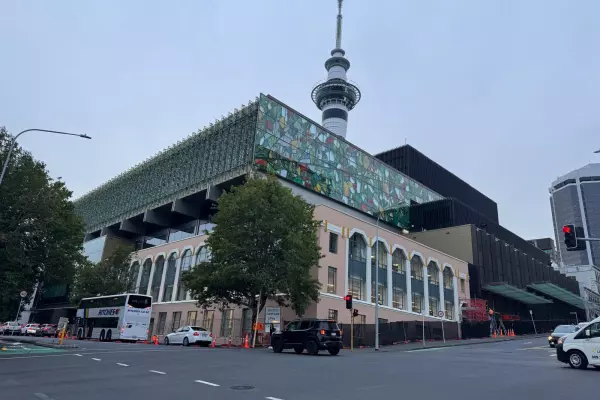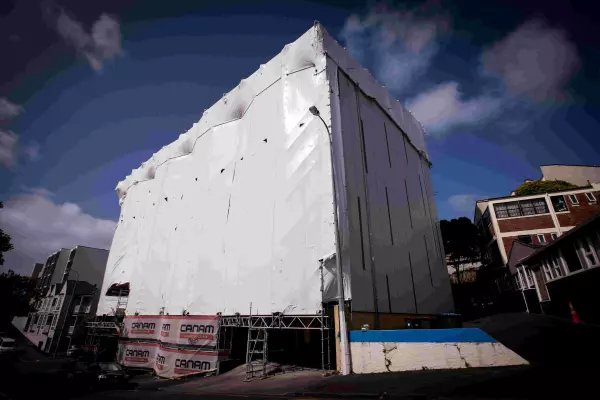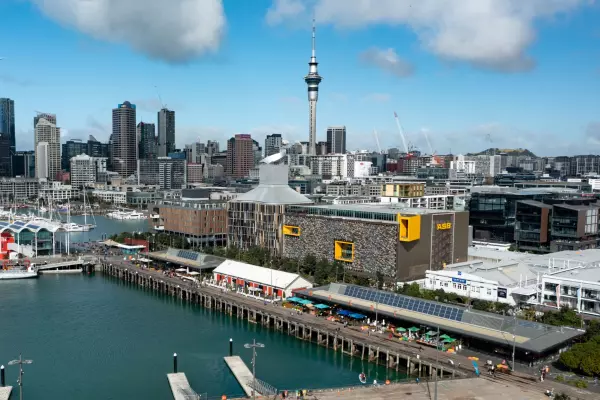Housing Minister Megan Woods has spending authority on an eye-watering $4.2 billion across annual and multi-year appropriations, plus as much as $2.6 billion for social development.
In its briefing notes to Woods, the Ministry of Housing and Urban Development itemised annual budget items at $1.27 billion for public housing, $331 million to provide transitional housing and support, $152 million for grants and support for housing supply, $24 million in housing for community groups and $64 million to provide "strategic and policy advice and operational support.”
On a multi-year basis, Woods also has oversight of the $1.38 billion budget for the 'reset' KiwiBuild, $250 million to “support the residential construction sector”, $400 million to fund progressive home ownership and another $239 million set aside for urban infrastructure.
There is also $114 million tacked on to “finance the infrastructure needed to unlock residential development”. Woods is also responsible for some appropriations across the building and construction and social development sectors, which includes the $2.6 billion ‘accommodation supplement.’
But HUD noted that the minister was facing significant challenges not least of which was “a fragmented and disconnected” construction system with a lot of different players across multiple portfolios.
The system was also “difficult to navigate” with entrenched disparities particularly in Māori housing pathways and outcomes. There was also limited understanding of what plays out, the value of government work and “what needs to change to make real improvements in different places across New Zealand.”
Streets ahead of Williams
By comparison, Minister for Building and Construction, Poto Williams, presides over about $70 million in spending, although that portfolio is “jointly responsible for work to increase housing supply for New Zealanders,” according to the Ministry of Business, Innovation and Employment.
Of that, MBIE notes that $38 million is funded by a levy collected on all building work in excess of $20,444 per project. Given a surplus of $56.3 million at July 31, MBIE has reduced that levy to $1.75 from $2.01 per $1,000 of estimated building value, at least for all consents granted since July 1 this year.
In its ministerial brief, MBIE said the sector represents NZ’s fourth-largest employer, employing about 259,000 people, or just under 10 percent of the country’s workforce, and contributing $16.19 billion to GDP for the year to June 2020.
MBIE said the covid response had a major initial impact on the construction workforce, resulting in a total contribution decline of more than a quarter for the June 2020 quarter.
That had seen staffing cuts at Fletcher Building, for example, of about 1,000 jobs, it said.
Wage subsidies
Government support to ensure cashflow and worker retention had extended to $1.48 billion in wage subsidies across 215,388 construction workers, employed by more than 56,000 businesses – the highest uptake of wage support for any sector.
MBIE notes that the impact of covid-19 on the sector will likely be "long and slow", and while some impacts had not come to fruition - such as the expected sharp drop off in consenting – other impacts were starting to emerge as threats to the sector, including constrained supply chains.
But the sector was still being hamstrung by historical challenges, it said, such as low productivity, poor performance across health and safety and a low level of innovation.
MBIE noted also that the sector is still largely following the traditional commercial model and practice in delivering service, involving multiple layers of subcontractors working on site, despite “a rise in project complexity and the associated risks of numerous new international products and design processes.”
And because it is made up of small businesses and individual contractors, along with "fragmented contracting arrangements" across small scale developments, the sector had limited skill development and training for its workforce.
“These characteristics mean high uncertainty for business, reducing their incentives to invest in skills development for the long term.”
MBIE also suggested the industry was still perceived as "blokey and labouring," which while contributing to the poor performance in health and safety, also raised mental health concerns.














